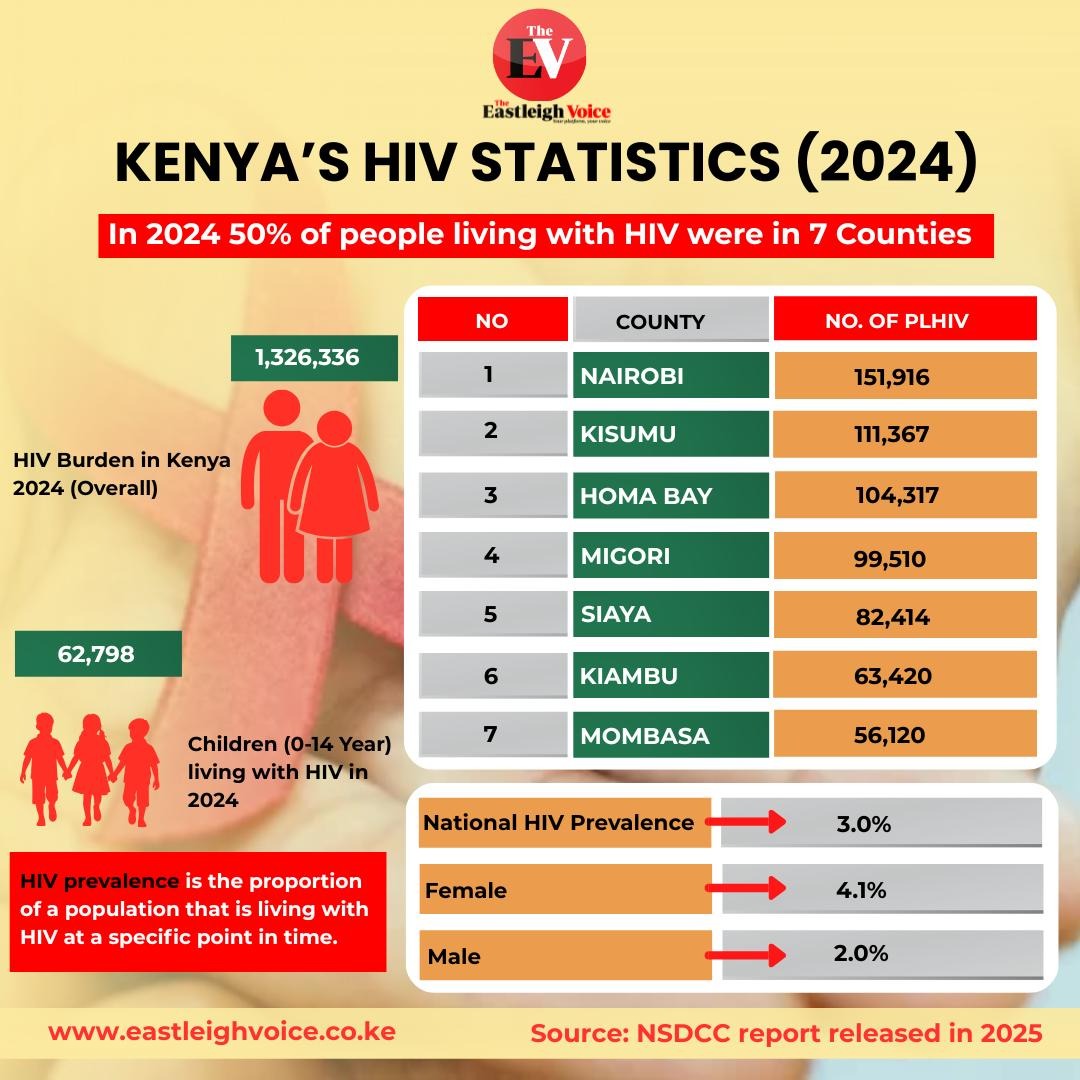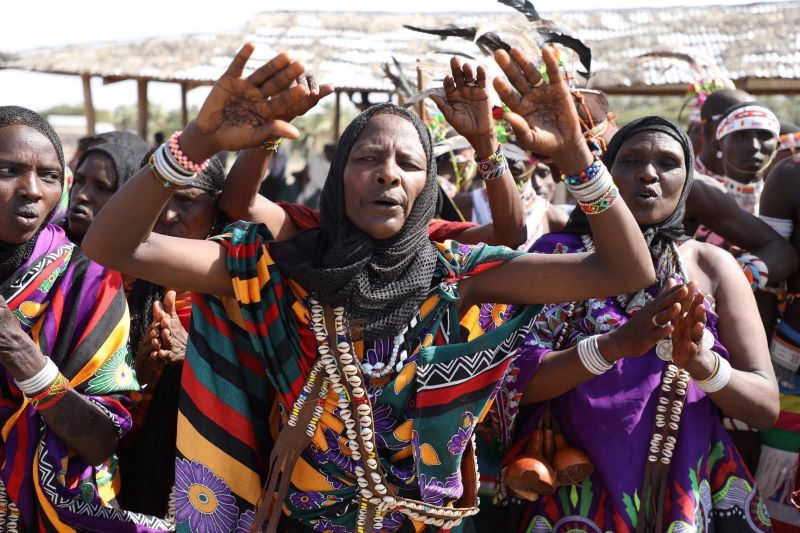Climate change at the centre of Kenya's long battle against flooding and displacement
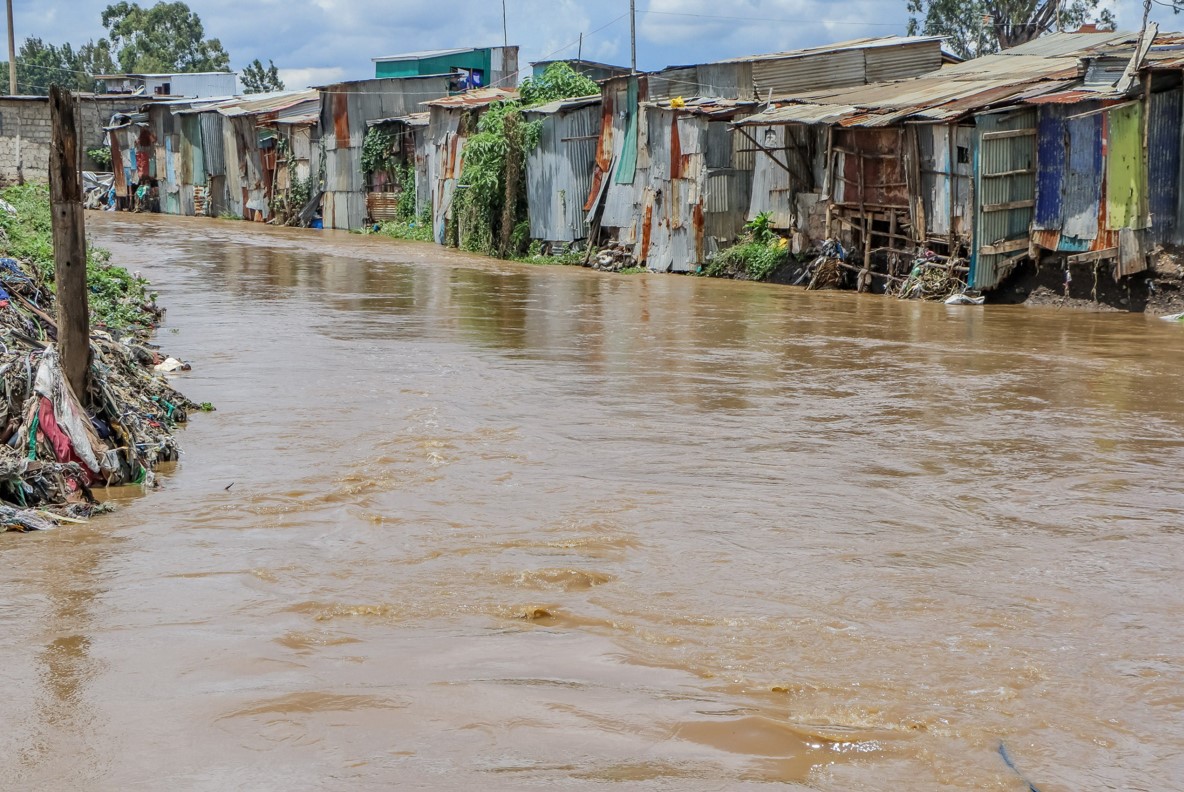
Communities move because of climate impacts, viewing migration as a way to adapt.
The first-ever Health Day at the COP28 UN Climate Conference, held in Dubai in November last year, enabled scientists and stakeholders to understand the connection between climate change and health.
Among the issues that were addressed at COP28 were how climate change affects our health, health response to climate change and how ambitious reductions of carbon emissions can save lives.
More To Read
- Green economy now second-fastest global growth frontier, value hits Sh646.4 trillion - report
- Supporting Africa’s drylands: Insights from the pastoralists who call them home
- What’s at stake in the COP30 negotiations?
- Major global emitters off track, no country strong enough to meet climate targets - report
- African activists rally and challenge COP30 agenda
- Ethiopia hosting COP32 a ‘win for the Horn of Africa’, IGAD says
What stood out from the discussion was the attribution of climate change to migration and displacement, affecting people's health.
A Lancet Medical Journal publication released on April 20 this year says that every year, around 24 million individuals are forced to move due to natural disasters, and this number is projected to reach 1.2 billion by 2050.
According to the Lancet report, communities move because of climate impacts, viewing migration as a way to adapt.
"Migration and displacement are inextricably linked to climate change and health, yet current understanding of the climate migration-health nexus is insufficient. Climate change is increasingly driving population movement, acting as a driver of and a barrier to migration and as a hazard experienced during journeys or on arrival at new destinations. Communities might migrate in response to the effects of climate change We should, therefore, acknowledge that migration represents an adaptation strategy and that individuals who migrate must be supported," Lancet says.
To curb the disasters, governments were advised to create safe ways for climate-affected people to migrate and ensure they have access to healthcare systems that can handle both climate challenges and the needs of migrants. This means addressing barriers to healthcare access and providing resources for adaptation should be given top priority.
The report further recommends more research, better data, and accessible funding directed to the most affected areas. While involving the communities in finding solutions.
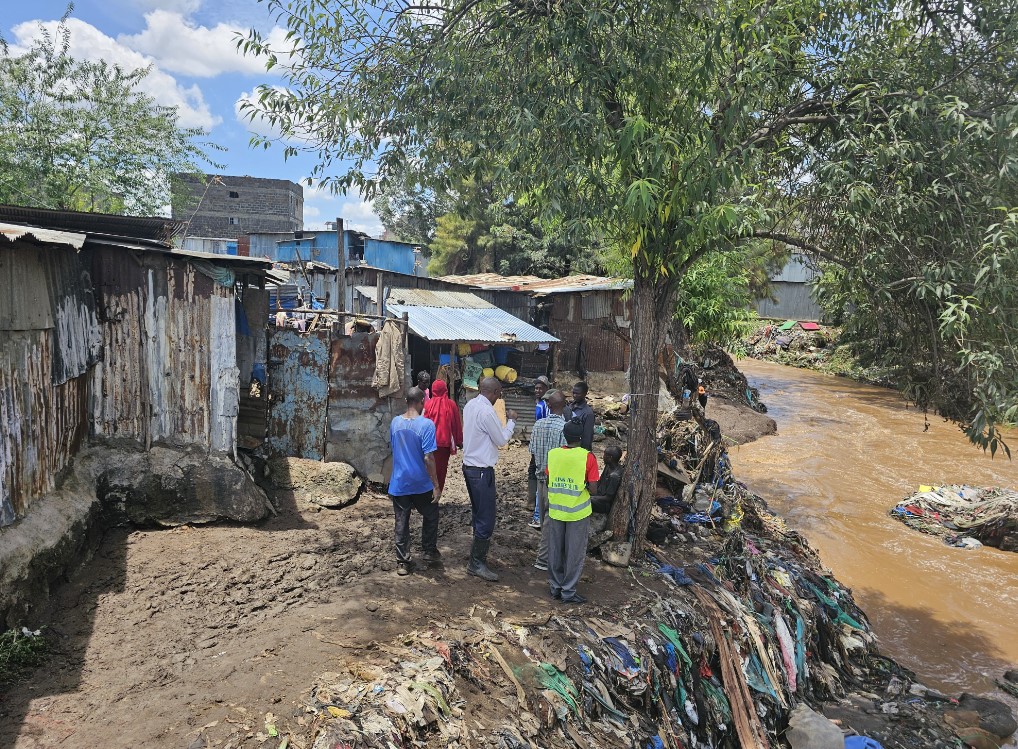 Kitui Village residents in Kamukunji assess damages caused by flash floods on March 24, 2024. (Photo: The Eastleigh Voice)
Kitui Village residents in Kamukunji assess damages caused by flash floods on March 24, 2024. (Photo: The Eastleigh Voice)Kitui Village residents in Kamukunji assess damages caused by flash floods on Sunday, March 24, 2024. (Photo: Eastleigh Voice)
Flooding in Kenya
In Kenya, many have fallen victim to natural disasters, with floods being experienced in different parts of the country this year, among the latest.
According to a report by Red Cross Relief, this year’s March-May long rains have escalated the impact of flooding across Kenya, with over 103,000 people affected, including 32 fatalities and 15 injuries.
Heavy rains have led to displacement, loss of livelihoods, and damage to infrastructure, schools, and roads.
In response to the disasters, the Ministry of Interior and National Administration issued warnings for flood-prone areas last week, including Western Kenya, low-lying regions, and areas susceptible to mudslides.
"The Seven-Forks Hydro-electric Power Dams are filled up as of this morning. Masinga Dam, which is the first, largest and most consequential of these dams, is already spilling through the managed structural spillways. This notwithstanding, any further precipitation is likely to cause the spillover to cascade to the other dams, with greater flooding effects being likely in the settlements contiguous to the last dam, Kiambere. Urban areas with clogged or poor drainage and public or private water reservoirs across the country may also flood if the precipitation continues uninterrupted in the coming days," Interior CS Kithure Kindiki warned.
The effects of flooding in Kenya
In Nairobi County, poor drainage systems affected over 31,000 people in informal settlements, while in Machakos and Kajiado counties, flooding displaced over 3,000 individuals.
Additionally, floods in Kirinyaga, Muranga, Kiambu, Meru, and Nyeri counties resulted in displacement and damage to homes and infrastructure. In Turkana County, over 2,100 people were displaced and livestock losses were reported.
Western Kenya and the Lake Victoria Basin witnessed flooding, affecting thousands of people across Kisumu, Siaya, Migori, and Busia counties.
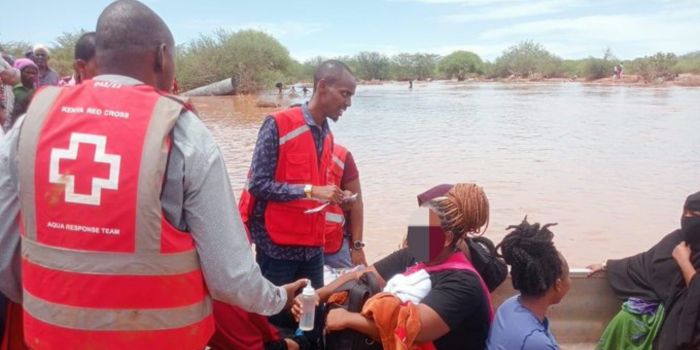 Kenya Red Cross Society rescue people stranded following flooding in Tana River on April 8, 2024. (Photo: KRCS)
Kenya Red Cross Society rescue people stranded following flooding in Tana River on April 8, 2024. (Photo: KRCS)
Displacement sites have seen an influx of people seeking shelter. In Garissa, Tana River, and Lamu counties, warnings were issued as River Tana reached critical levels, potentially causing further flooding.
Marsabit County experienced significant damage from floods, isolating villages and rendering roads impassable. In Narok County, floods destroyed schools and disrupted essential services. Meanwhile, inter-communal conflicts in Baringo County have displaced thousands and disrupted education and healthcare services.
The period from October to December 2019 witnessed heavy rains across Kenya, leading to widespread flooding affecting 29 counties. This flooding resulted in significant displacement, livestock deaths, and the destruction of farmland. The rains continued into January and February 2020, exacerbating the situation.
From March to May 2020, rainfall intensified, with notable spikes in March and April. This led to further flooding and landslides in various regions, causing casualties and extensive damage to infrastructure and livelihoods. Particularly severe incidents occurred in West Pokot and Elgeyo Marakwet counties, where landslides claimed lives and caused substantial destruction.
By June 2020, over 42,000 households were displaced across 35 counties, with significant concentrations in Nyanza, Western Kenya, and the Coast region. The Kenya Red Cross Society recorded a total of 94 fatalities during this period.
Overall, the Red Cross acknowledges that the situation remains challenging, with ongoing assessments and responses to address the needs of affected communities.
Top Stories Today








